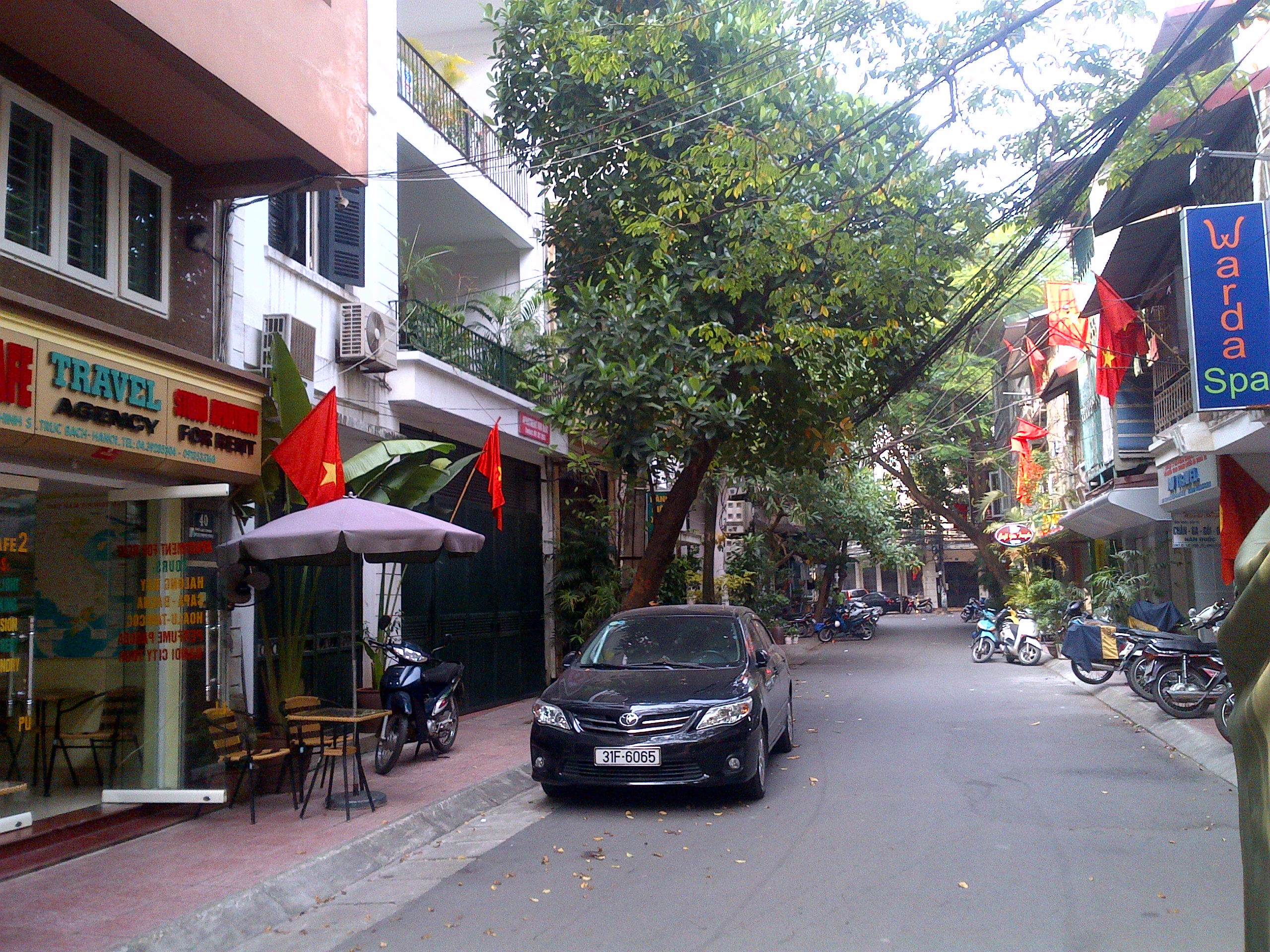I lived in Vietnam from 1994 to 2000, and visited several times until 2004, when I moved to Switzerland. I have not been back since, and all-of-a-sudden found myself back in Hanoi.
The reason was two-fold. One the one hand, the Vietnamese Ministry of Agriculture and Rural Development (MARD) is the focal point for INBAR in Vietnam. They had sent a message that they would like to discuss future collaboration between INBAR and Vietnam. One the other hand, INBAR received messages from SNV – Netherlands Development Organisation in Hanoi who are supporting the Provincial authorities in Thanh Hoa Province in their efforts to develop a bamboo strategy and action plan for the province.
I therefore travelled to Hanoi for a day of discussions with MARD and SNV. I also met my old friend Nguyen Minh Thong, who took over from me as IUCN Country Representative when I left late 1999, and who is now the Country Representative of Fairventures Worldwide. Thong is also advisor to the Vietnam Green Building Council and he talked passionately about the opportunity to use bamboo as a sustainable building material in Vietnam.
I stayed in the Sofitel Plaza, which used to be the Meritus Hotel when my wife and I lived in Hanoi. We used to be members of the hotel’s fitness club and swimming pool in the late nineties, as we lived nearby. I went in search of our old house near Truc Bac Lake and found this has not changed much from the outside. Getting to places on foot is a challenge in Hanoi, as there are so many motorcycles and mopeds, and the pavements are often occupied with parked cars, hawkers or groups of people playing a game or chatting.
My discussions at the ministry and SNV were very constructive. Vietnam is very keen to develop its bamboo resources. According to MARD, out of the total area of nearly 14 million hectares of forests in Vietnam, 518,000 hectares are bamboo forest, and 673,000 hectares are mixed tress and bamboo forest. In addition, there are 87,000 hectares of bamboo plantation. This is a total of 1.278 hectares or roughly 9% of the total forest area in Vietnam. Thanh Hoa has the largest area of Luong bamboo (Dendrocalamus barbatu) in Vietnam, with over 80,000 hectares of natural bamboo forest and 71,000 hectares of planted bamboo, largely under household management.
Both MARD and SNV are asking INBAR to provide technical support in developing bamboo utilisation plans at national and provincial level. MARD explained that the main missing link is market access and appropriate technology for bamboo development, but they are also looking forward to working together on sustainable production of rattan. Thanh Hoa Province is partially looking at its internal market, but SNV agreed that technology transfer is a key issue for the province as well. I took on board all the requests and comments, and we will discuss internally how best to respond, but it seems to me that INBAR has fantastic opportunities in Vietnam.
In the evening, I took a taxi to the centre of old Hanoi – Hoan Kiem Lake. This is a historical part of town, which still looks the same as in the early nineties. I read in the local newspaper – Vietnam News – that at a workshop earlier in the week, architects and cultural experts had agreed that no new high-rise buildings should be constructed around the lake to maintain the current outlook.
It was a joy to saunter around the lake and to lose myself in the old town. Hanoi is a very social city with people sitting on small stools along the road and on terraces and porches, chatting, drinking and eating.
What a pleasure to be in Hanoi again. The discussions I had with MARD and SNV suggest that I will be back before too long.



0 comments
Write a comment